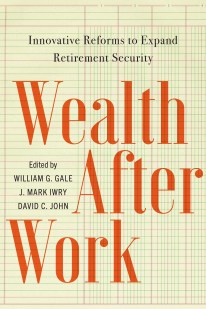Zimbabwe: Low Pensions Force Workers to Resist Retirement
Low pensions payouts by both private and public sectors to workers has forced many to shun retirement. Some workers have reportedly gone to the extent of misrepresenting their dates of birth to postpone retirement from the organisations they would have served. What makes it worse is that the ongoing hyperinflation and which is eating into incomes as well as very low remuneration by both private companies and the government. In some instances, workers who have reached pensionable age die at work due...









